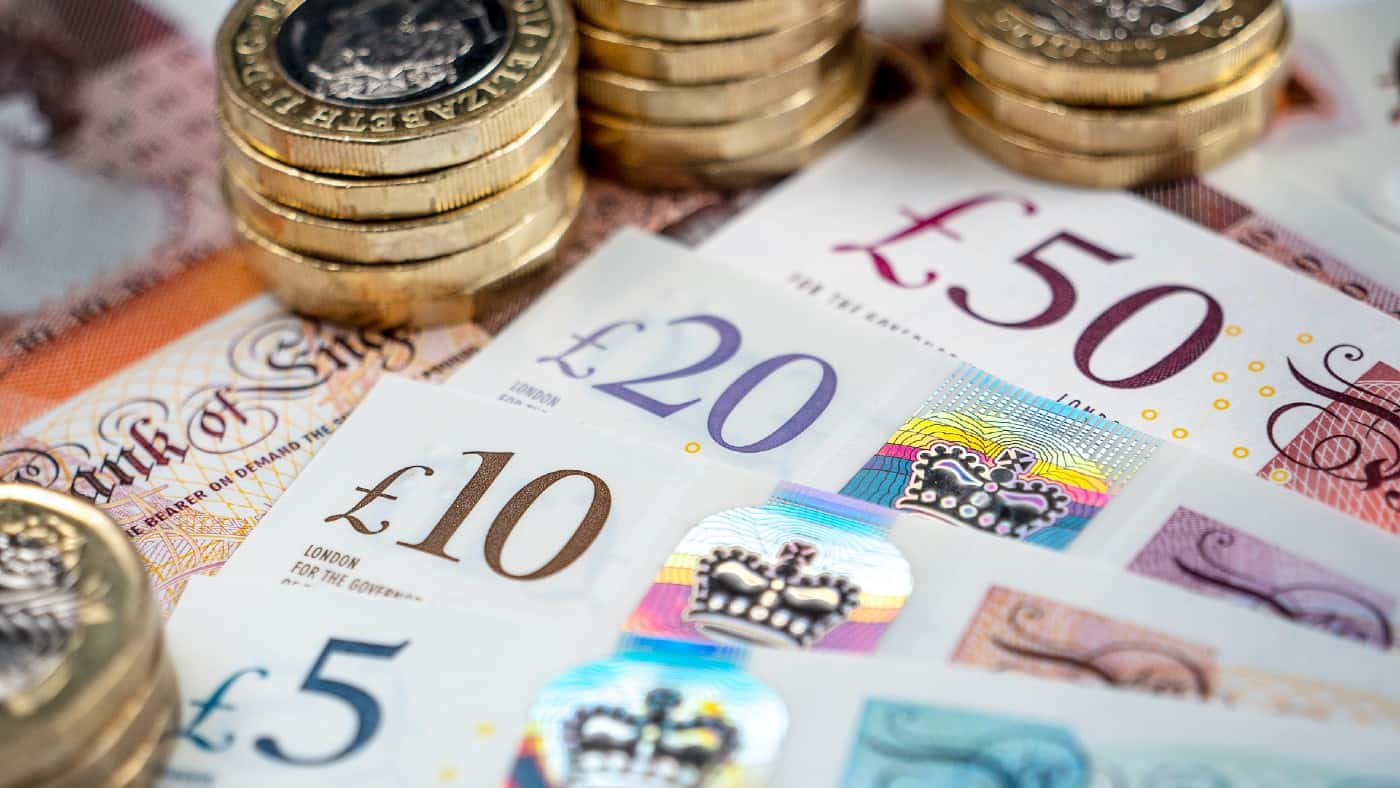Image source: Getty Images
The most popular method for choosing passive income stocks is to compare yields.
The table below shows the current top 10 yielders on the FTSE 100.
| Stock | Yield (%) |
|---|---|
| Vodafone | 10.17 |
| M&G | 9.55 |
| Phoenix Group | 9.41 |
| Legal & General | 9.12 |
| Rio Tinto | 8.98 |
| British American Tobacco | 8.56 |
| HSBC | 7.28 |
| Aviva | 7.07 |
| Imperial Brands | 6.84 |
| Schroders | 6.16 |
But which is the best? In other words, which is the one with the dividend that’s most likely to be sustained?
Buyer beware
The first thing to note is that the list must be treated with caution.
The information is compiled based on amounts paid during the past 12 months. However, we know that Vodafone is planning to reduce its payout by 50% this year.
Also, it’s important to consider one-off events. In June, HSBC paid a special dividend of $0.21 following the sale of its business in Canada. This is unlikely to be repeated over the next 12 months.
And a company with volatile earnings is likely to have erratic dividend payments. Rio Tinto is exposed to international commodity prices, meaning its return to shareholders is almost impossible to predict.
Looking back
Because dividends are never guaranteed — and nobody can see into the future — history is sometimes the only (if flawed) way of establishing how reliable they might be.
Looking at the five financial services companies in the top 10, M&G became a standalone business in 2019. In my view, this is too short a period to confirm any pattern.
And as the table below illustrates, over the past five years, there’s been no clear trend in the dividend payments made by Aviva and Schroders.
| Year | Aviva (pence per share) | Schroders (pence per share) |
|---|---|---|
| 2019 | 9.50 | 114.00 |
| 2020 | 27.00 | 114.00 |
| 2021 | 22.05 | 122.00 |
| 2022 | 31.00 | 52.00 |
| 2023 | 33.40 | 21.50 |
Both Phoenix Group and Legal & General are more reliable. During the past 25 years, the latter only cut its dividend during the global financial crisis.
Although I’d have to do more research before buying either, at first glance they appear to be excellent income shares.
Going up in smoke?
Tobacco companies have a long track record of paying substantial dividends. That’s because their high-margin cheap-to-make products are hugely cash generative.
Indeed, British American Tobacco (LSE:BAT) qualifies as a Dividend Aristocrat as it has increased its payout ever year for a quarter of a century.
However, with increasing restrictions on the sale of cigarettes, both British American Tobacco and Imperial Brands are diversifying into vapes and other non-combustible alternatives.
But these have a long way to go before they generate the same levels of revenue and earnings as traditional tobacco products.
During the six months to 30 June 2024, British American’s New Categories contributed 13.2% to revenue and 2.3% of operating profit. In the six months ended 31 March 2024, Imperial Brands’ Next Generation Products were loss-making and accounted for 1.6% of turnover.
However, governments around the world are placing restrictions on these so-called ‘reduced risk’ products. And they are more expensive to make which will reduce the level of surplus cash available for shareholders.
But for now, the sale of cigarettes generates lots of cash. In 2024, British American Tobacco expects to convert 90% of its adjusted operating profit into operating cash flows.
It’s ironic that, in my opinion, it is the best dividend stock in the top 10 but one that I wouldn’t want to buy.
That’s because I’m a long-term investor and — eventually — I think there’s going to be an inflection point where the cash generated from the sale of traditional cigarettes falls more sharply than the increase coming from new products. Its generous and reliable dividend will then come under threat.
Credit: Source link














